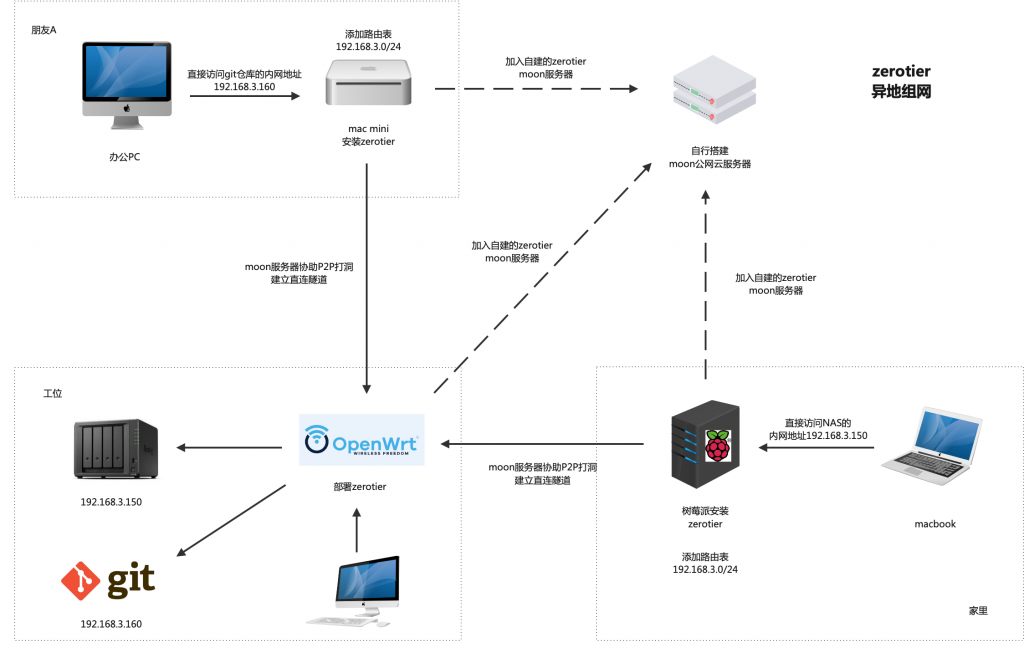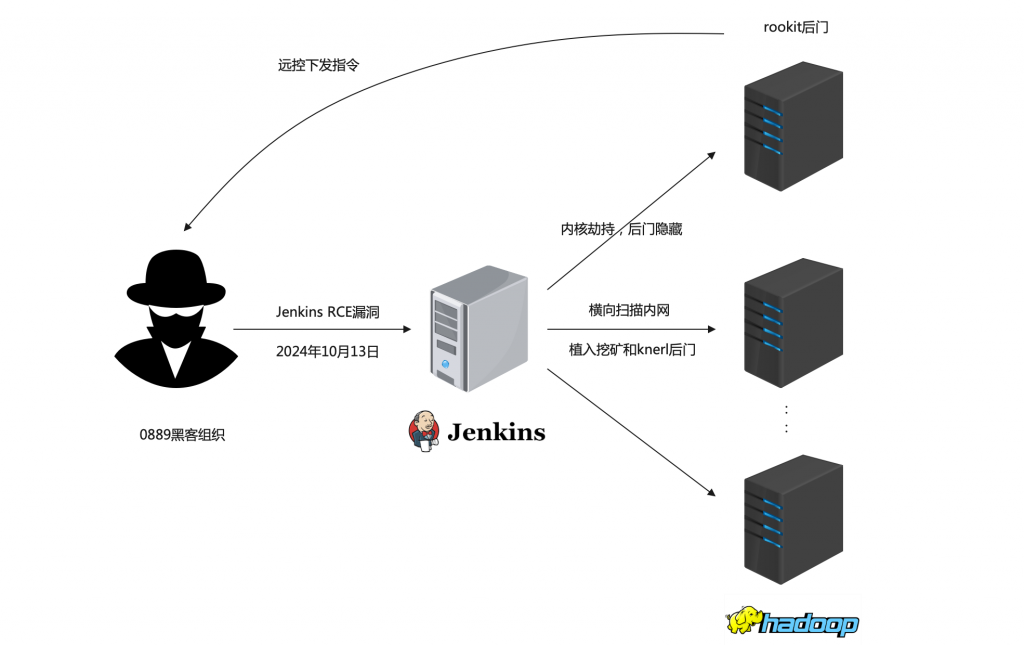压缩包数据清洗最佳实践
常用的压缩包格式有zip,rar,7z这三类。一开始在处理这些压缩包时,采用的思路是直接用python封装的第三方模块如zipfile、rarfile、py7zr这些直接处理原始压缩文件。
如果只是处理几百兆的小文件,是没有任何问题,但对于几十G的压缩包效率极其低下,尤其针对不解压提取压缩包内部的文件内容的场景,一个rar的压缩包处理时长可能花费数十个小时。
本文针对压缩包清洗,花费大量时间研究。深入分析清洗数据的坑点,以及优化思路。
阅读更多常用的压缩包格式有zip,rar,7z这三类。一开始在处理这些压缩包时,采用的思路是直接用python封装的第三方模块如zipfile、rarfile、py7zr这些直接处理原始压缩文件。
如果只是处理几百兆的小文件,是没有任何问题,但对于几十G的压缩包效率极其低下,尤其针对不解压提取压缩包内部的文件内容的场景,一个rar的压缩包处理时长可能花费数十个小时。
本文针对压缩包清洗,花费大量时间研究。深入分析清洗数据的坑点,以及优化思路。
阅读更多
和朋友一起协同开发,需要打通双方的局域网互访,所以考虑到vpn的场景。一开始考虑frp+openvpn的实现。frp实现点对点穿透,openvpn负责组网。但是感觉这样配置较为繁琐,双方都需要部署frp和openvpn,体验不是很友好。
探索了多种方案最终选择了Zerotier,一个自带P2P打洞的vpn,同时满足需要。只需要自建一台有公网ip的moon服务器就可以高效实现各个zerotier节点之间的打洞。
阅读更多近期发现某国内的黑客团伙用0889.org作为恶意样本地址和通信域名,后面简称0889组织。最近一次排查某云上挖矿的case,发现该组织通过jenkins RCE漏洞突破边界,内网横向后拿到主机权限后,批量下发挖矿和rootkit后门。

挖矿就没什么好说的,本文重点分析该组织的rootkit后门隐藏手法以及应急排查思路。
阅读更多macOS 目前使用的文件系统称为 Apple File System(APFS)。APFS 在 2017 年随 macOS High Sierra 引入,并取代了之前的 HFS+(Mac OS X 使用的旧文件系统)。Apple 转向 APFS 的主要原因是增强加密能力,从而提升安全性,同时在多个领域也做了改进,包括:
阅读更多在 Active Directory 环境中,Kerberoasting 是一种非常经典、也非常“务实”的攻击方式。攻击者并不需要管理员权限,只要拥有一个普通的域用户账号,就可以对配置不当的服务账号发起攻击。
阅读更多在 Active Directory 环境中,AS-REP Roasting 是一种针对 禁用了 Kerberos 预身份验证(Pre-Authentication)账户 的攻击手法。攻击者并不需要获取用户的明文密码,只要目标账户关闭了预身份验证,就可以直接向域控制器请求 Kerberos 的 TGT(Ticket Granting Ticket),并将返回的数据用于离线密码破解。
阅读更多└─# vol -f sample.mem linux.pstree.PsTree
Volatility 3 Framework 2.11.0
Progress: 100.00 Stacking attempts finished
Unsatisfied requirement plugins.PsTree.kernel.layer_name:
Unsatisfied requirement plugins.PsTree.kernel.symbol_table_name:
A translation layer requirement was not fulfilled. Please verify that:
A file was provided to create this layer (by -f, --single-location or by config)
The file exists and is readable
The file is a valid memory image and was acquired cleanly
A symbol table requirement was not fulfilled. Please verify that:
The associated translation layer requirement was fulfilled
You have the correct symbol file for the requirement
The symbol file is under the correct directory or zip file
The symbol file is named appropriately or contains the correct banner
Unable to validate the plugin requirements: ['plugins.PsTree.kernel.layer_name', 'plugins.PsTree.kernel.symbol_table_name']
vol3分析Linux内存通常都会遇到上面的报错,就是缺少对应的系统符号表。但网上介绍Volatility3的文章大部分都是都把工具的命令行翻译成中文,当真的去实操vol分析内存时会发现有太多的坑,因为分析内存是需要当前系统的符号表。
vol3自带的Linux符号表非常少,而Linux的kernel版本又非常众多,大多数情况都需要在对应的机器上手动导出符号表才能开始分析内存。
阅读更多